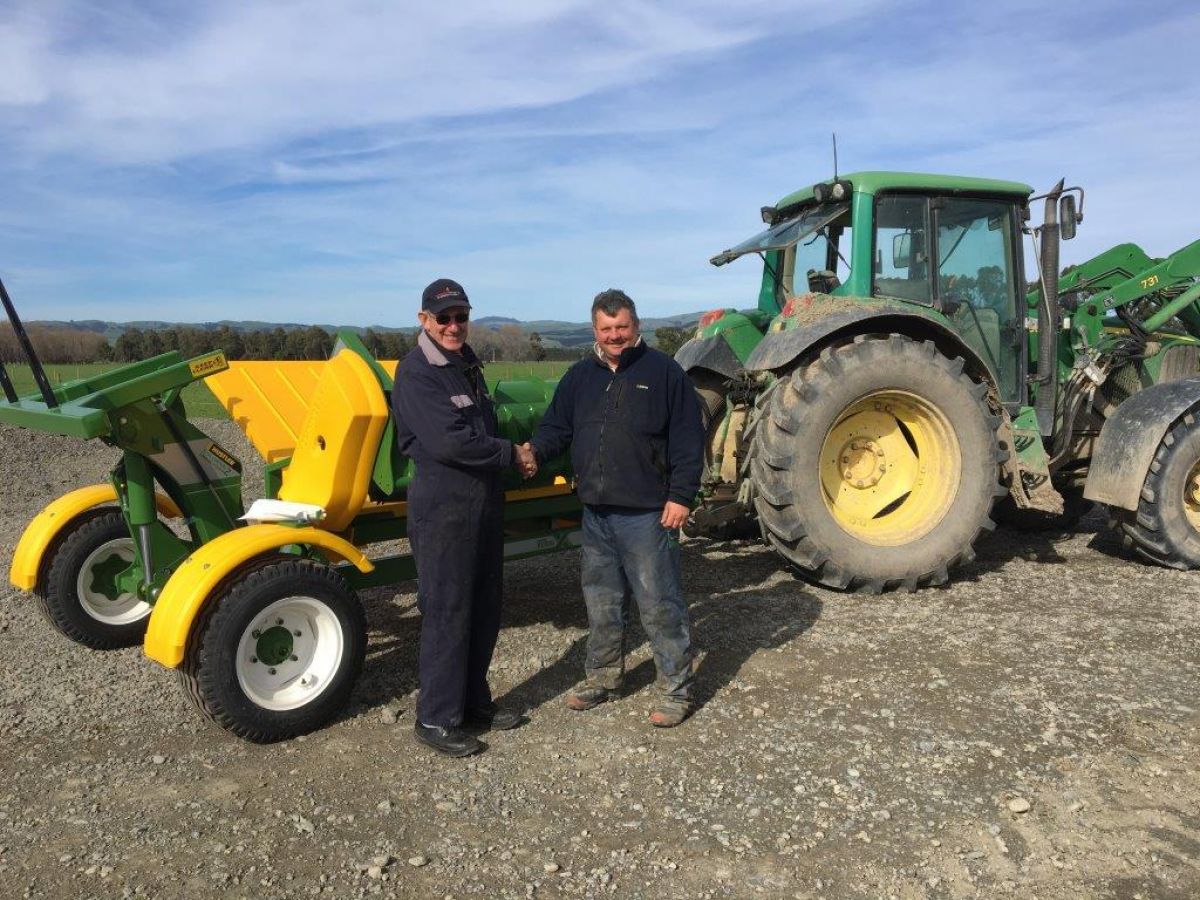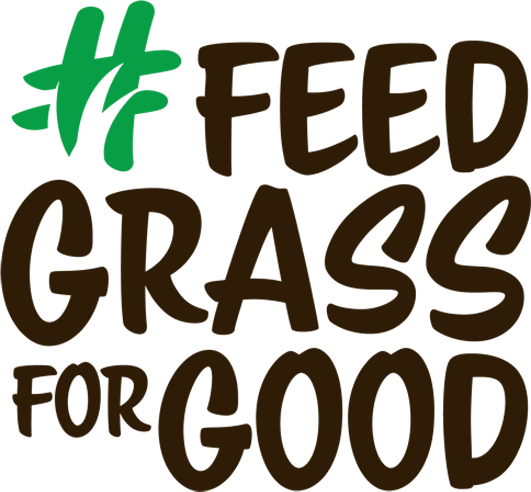Which is better? Baling Silage or Putting Silage in a Stack
The 2 most common ways of making silage is to either bale it or put it in a stack, pit or as they called it in Europe, Clamp silage. Let’s take a look at the costs and benefits of each method…
Which option is best for your farm?
Whilst there’s no right or wrong method, making the right choice depends on a number of factors, such as flexibility, seasonality, quality and costs. By taking into account all these factors, an informed decision can be made which directly impacts your bottom-line. It’s important to note that if you bale or stack poor quality silage you’ll reap poor results.
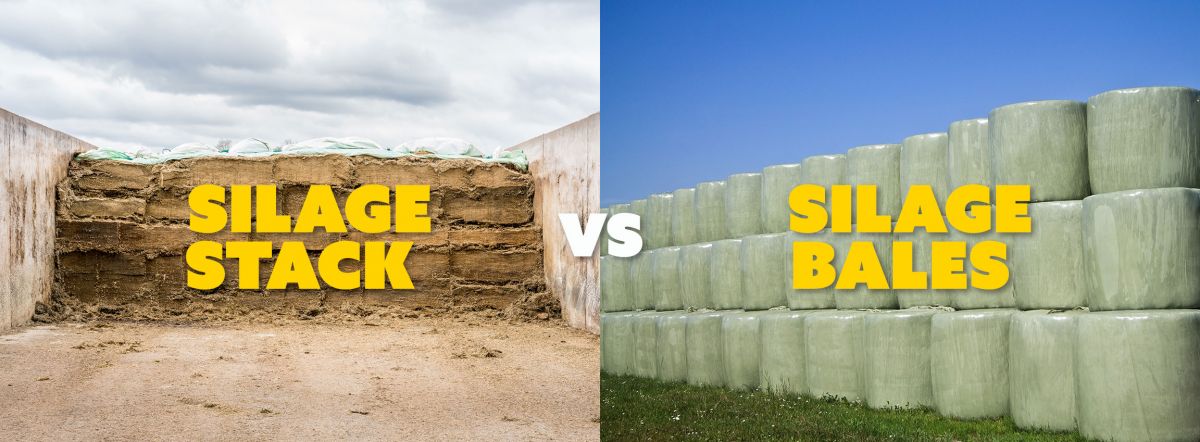
Balage Bales (Individually Wrapped)
Balage bales (Baled Silage) are sometimes referred to as baleage, haylage or even wet hay in some parts of the globe, and when stored correctly the feed silage can be of better quality, with less wastage than pit or clamp silage, although costs more to produce. This makes it important to store correctly.
A high-quality crop, good quality bale wrap, and top notch wrapping system will have been wasted if the bales are not handled, stacked and stored correctly or left in an unsuitable environment.
Often large scale farmers and ranchers will rely on a combination of both baleage and silage to gain flexibility for the winter feeding period ahead, and take advantage of the strengths of both options.
Silage Stack, Pit Silage, Silage Clamp |
Baled Silage, Balage Haylage |
|
PROS:
|
PROS:
|
|
CONS:
|
CONS:
|
|
Alternative Options:
|
Alternative Options:
|
Square baled silage is the lowest total cost feed for this 10,600 Cow Dairy farm
When it comes to feeding out, it’s important to choose the right equipment for the job, in order to reduce wastage of feed, reduce maintenance costs, save on labour, make the chore easier to delegate to lower skilled operators and for obvious safety reasons, it’s also important to consider.
FEEDING OUT BOTH BALEAGE AND SILAGE?
When feeding out both loose silage and balage nothing gets the job done quicker than a Comby Feedout Wagon does. Hustler’s Comby Feeder Range reliably feeds out every type of supplementary feed without plugging or jamming up, and because it’s hydraulically powered it’s safer, and requires less power and fuel to get the job done. The beauty of Comby Feeders is that they can literally feed out potatoes, sugar beet, fodder beet, bales, maize, corn or grass silage, and any other type of feed. Shown below is the Comby PR Series feeding out a load of fodder beet.
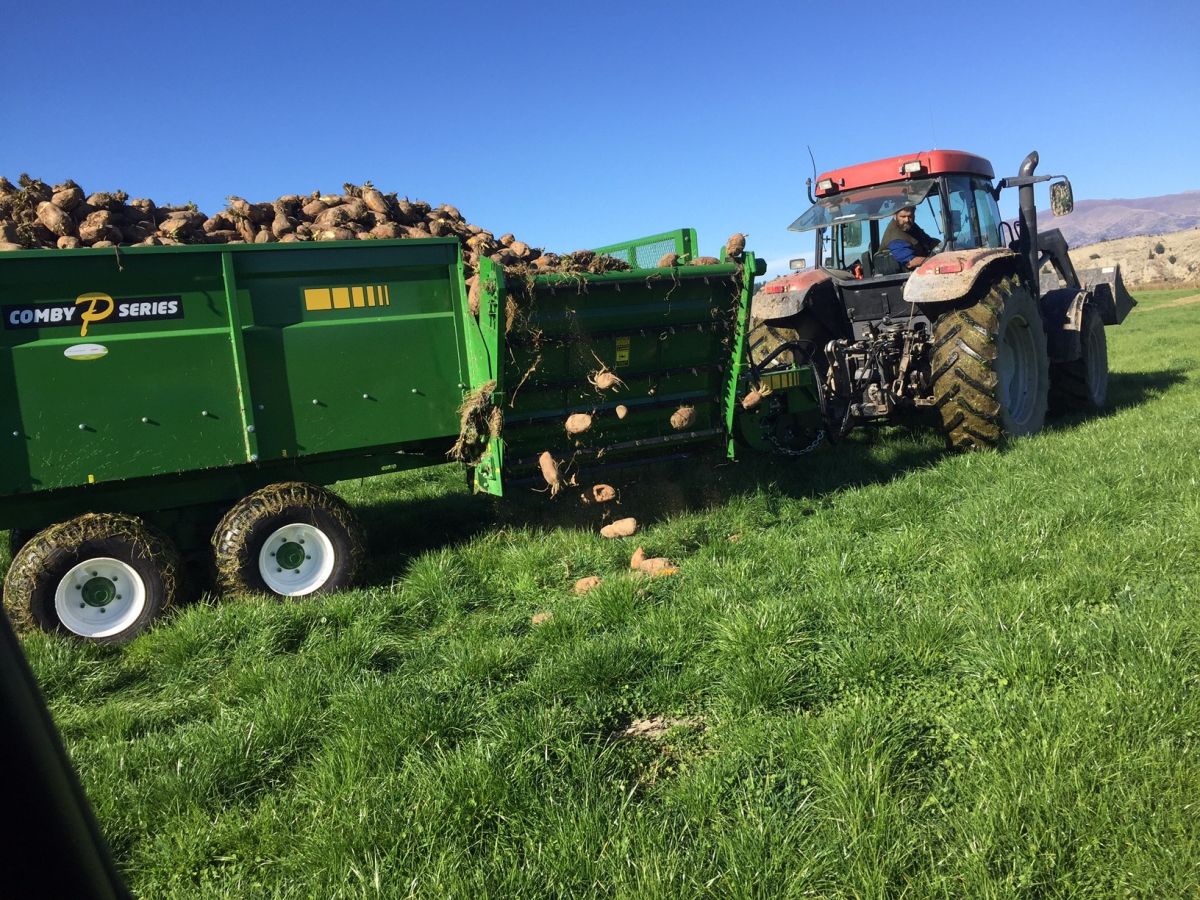
FEEDING OUT SILAGE?
When you’re only feeding out silage nothing beats a conventional silage wagon for simplicity, and ease of use. Hustler build the toughest silage wagons on the market, with nearly twice the ground clearance of others making operating on undulating terrain easier, and a larger conveyor drive roller that simplifies maintenance, increasing its working life, and reduces slippage.
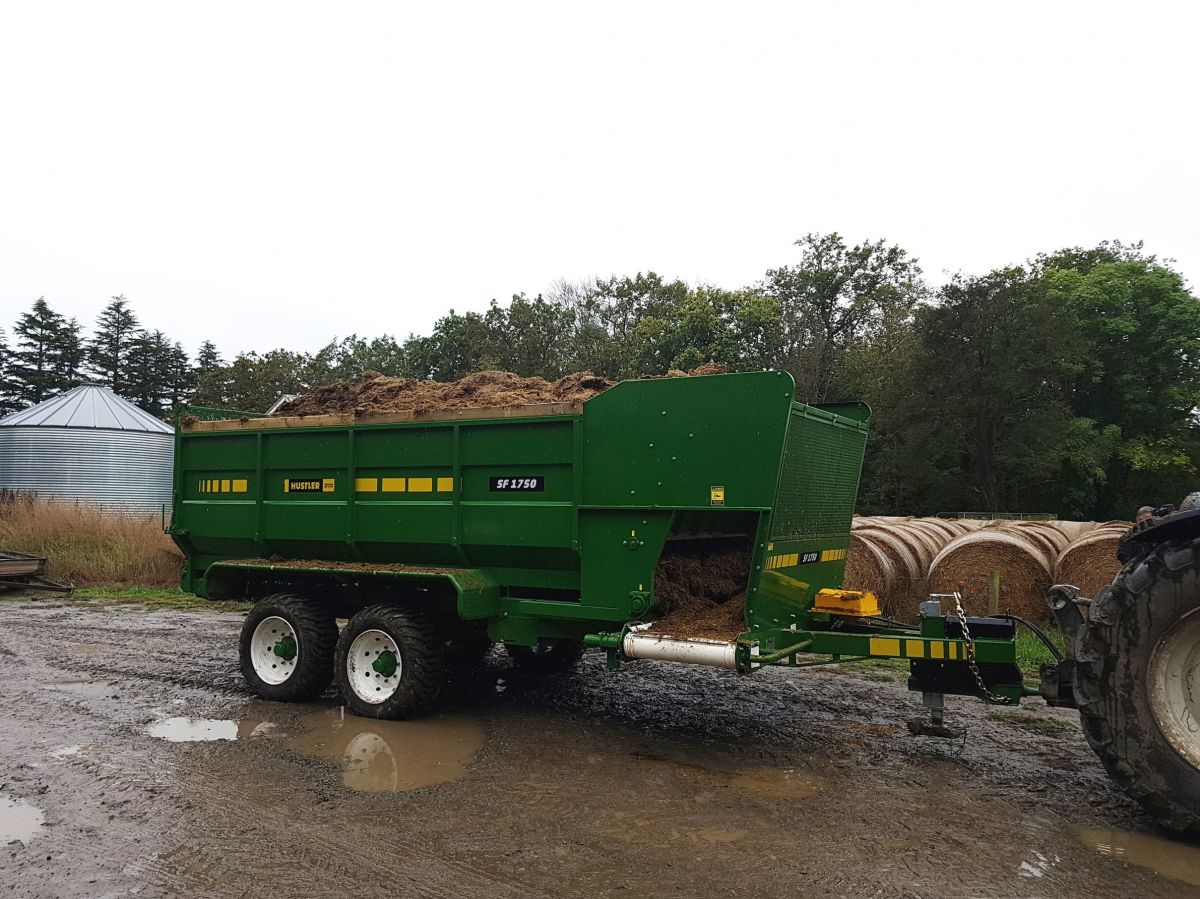
FEEDING OUT BALES?
When you rely solely on bales, be it round bales, square bales, baled silage, short or long chopped balage, hay or straw, nothing beats an X Series Chainless bale feeder. They’re simple to use, never plug when feeding short chop or wet, soggy balage, they get the job done in a fraction of the time, especially when feeding tightly packed bales, they’re silent so your cattle don’t get spooked when feeding them, there’s less to go wrong due to the proven Chainless design with fewer moving parts, and being hydraulically powered the operator has more control over the feed row.
